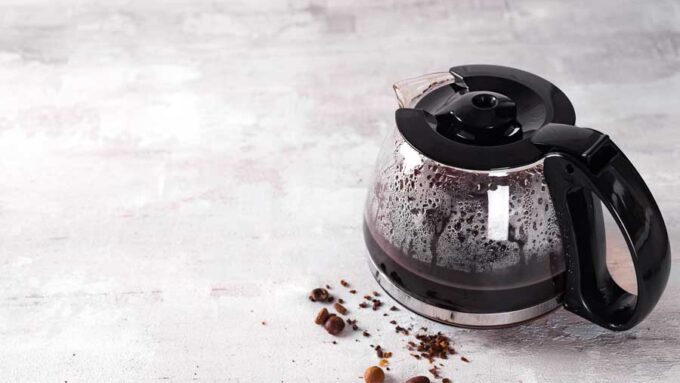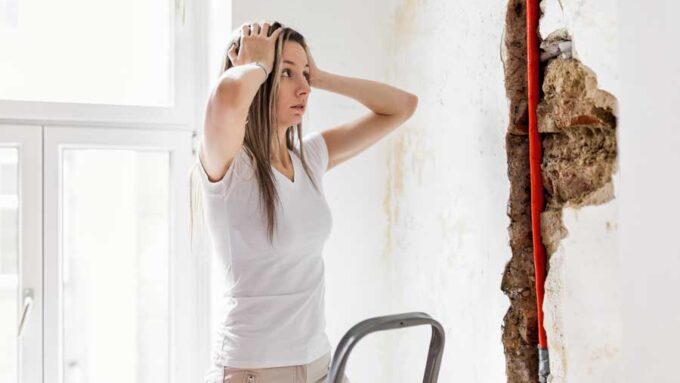Millions of Americans reach for a hot cup of coffee each morning. While rinsing out the carafe and filter basket help to keep things clean, when was the last time you checked for mold?
That’s right. Even coffeemakers are not safe from the potential of active, growing mold.
Mold in the Coffeemaker?
Because mold settles in and grows in dark, damp, moist, or wet conditions, a coffeemaker is actually a great hiding place.
According to a study by NSF International, 31% of Americans have active yeast and mold throughout their homes. Also found was that in homes using coffeemakers, 50% of them had active mold.
In small doses, most people can tolerate yeast or mold without health problems. However, over time this could change. This is especially true if you suffer from allergies, asthma, or a weakened immune system.
Coffeemaker Mold Buster
Unfortunately, soaking coffeemaker parts like the basket or carafe in hot soapy water doesn’t do much more than clean them.
The key to eliminating mold is to clean and sanitize with vinegar. Vinegar not only cleans and sanitizes the coffeemaker, it also removes limescale and hard water deposits.
Coffeemaker Cleaning to Eliminate Mold
If you use your coffeemaker every day, it should be cleaned every day. A good cleaning with warm, soapy water will keep the carafe, lid, and basket clean and free from stubborn coffee stains.
The deeper, mold-killing clean with vinegar should be done at least once a month if you have hard water and every 2-3 months for soft water users.
In addition to getting rid of mold by cleaning the coffeemaker with vinegar, you’ll also enjoy the benefits of decalcification. Decalcification takes away the mineral deposits left behind by hard water.
Cleaning coffeemaker mold is the same for the conventional basket and carafe coffeemakers as well as the models that use pods.
- Fill water reservoir with equal parts of white vinegar and water.
- Insert a clean filter into basket, turn coffeemaker on and run half of the water/vinegar mixture through the brewing cycle.
- Turn off and let sit for 30 minutes.
- After 30 minutes, turn coffeemaker back on and finish “brewing” the remaining water/vinegar mixture.
- Insert a fresh coffee filter, fill the reservoir with fresh water and brew the entire pot.
- Repeat step #6.
After completing all six steps, fill the carafe with hot, soapy water and scrub with a brush or sponge to remove brewed residue and stains.
Finally, wipe down the outside of the coffeemaker with a clean, damp cloth and dry with a paper towel.
Conclusion
Mold can hide in the most unlikely places, like your coffeemaker.
For other undetected sources of mold throughout your home and a plan to get rid of it, reach out to the mold remediation specialists at RCS.











